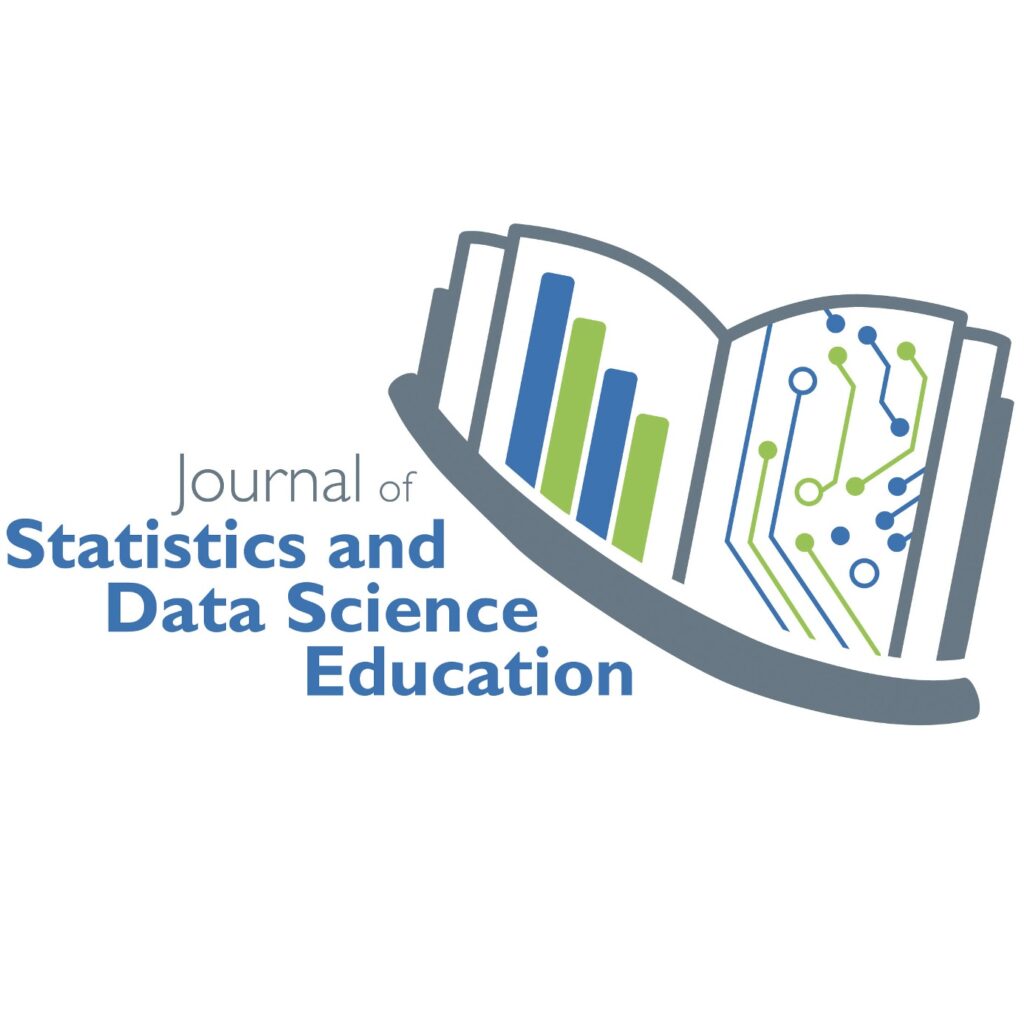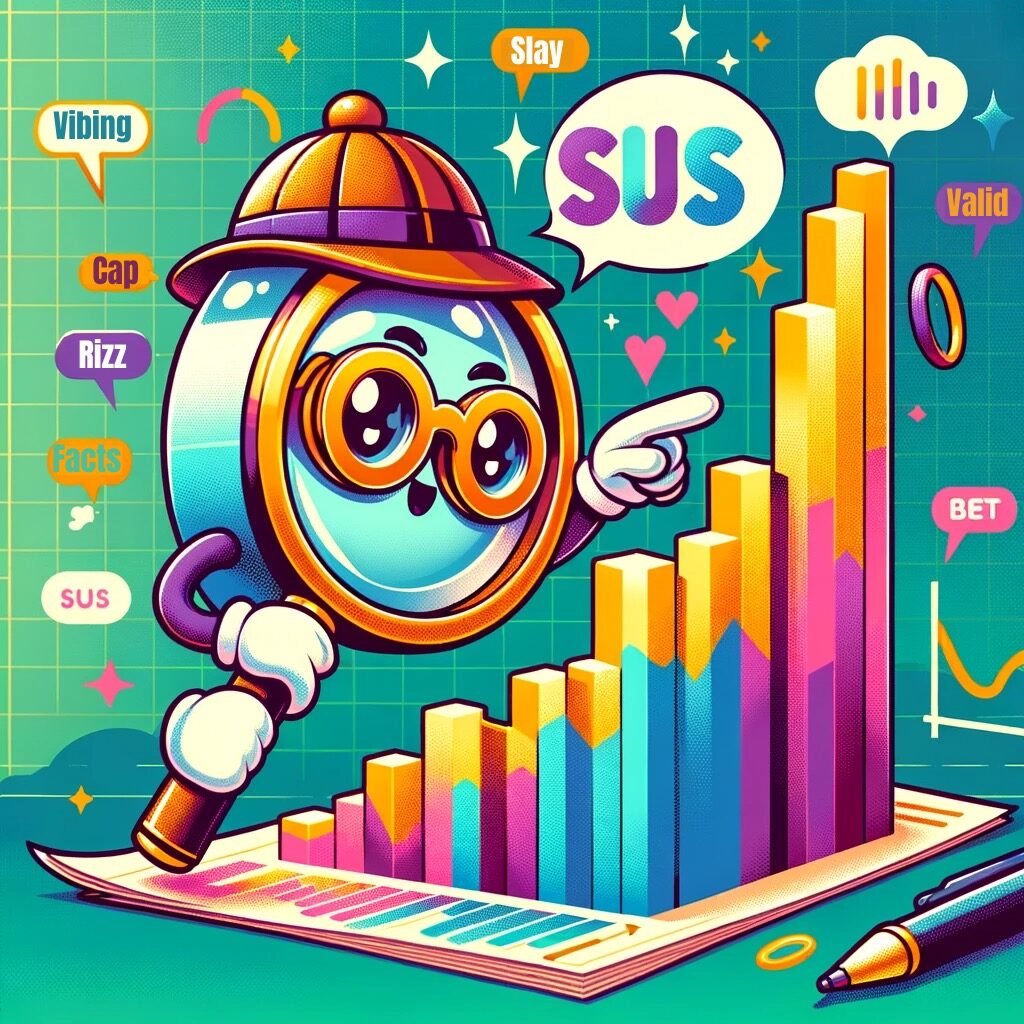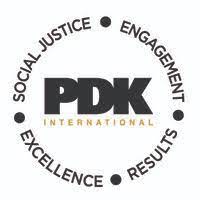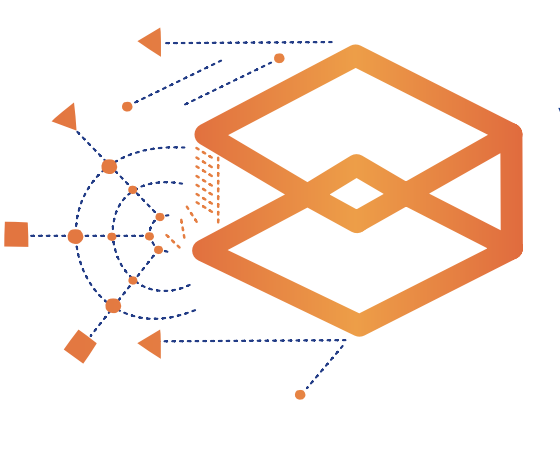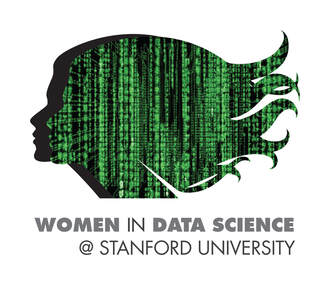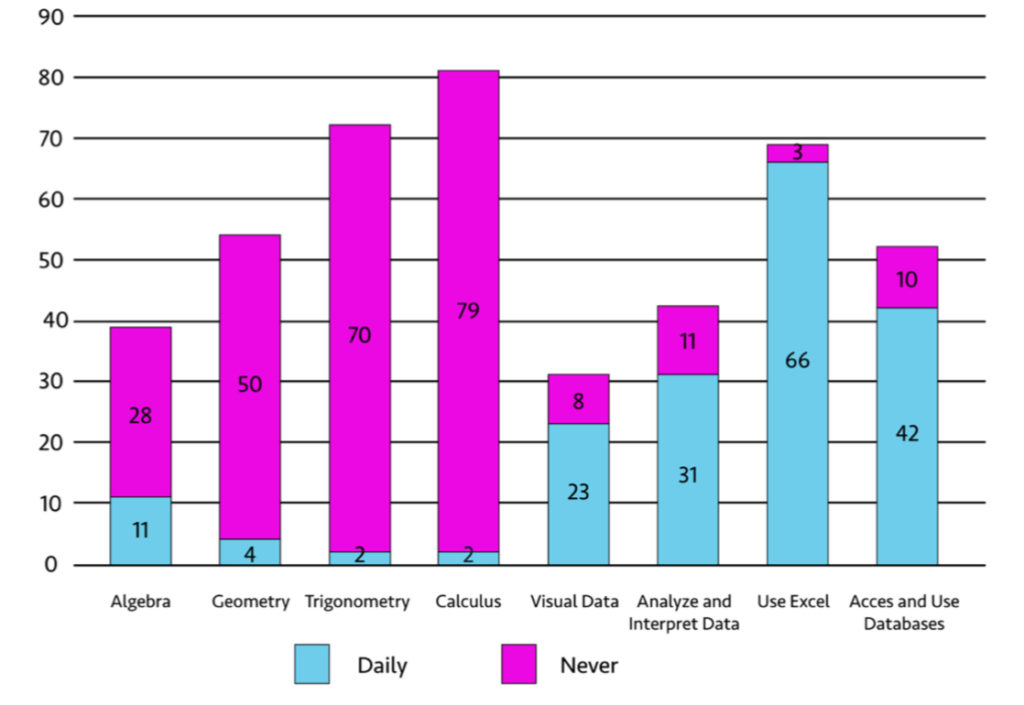The ability to work with, understand, and use data has become an essential life skill and requirement for an ever-expanding range of jobs and careers. Data is everywhere around us. Ninety percent of the world’s data has been created in the last two years (Marr, 2018). This new data intensive world can be difficult to navigate; decisions that used to be straightforward are now more complex, requiring individuals to be constantly separating fact from fiction. In short, the need to analyze and interpret data is no longer confined to engineering or computer programming; it has become an essential life skill. Everywhere we turn, data is telling and weaving stories about our world.
Yet, the K-12 education landscape has been slow to recognize the changes the data explosion has made to society (Wilkerson & Laina, 2017). We are woefully under-preparing our students to successfully navigate the 21st century. The mathematics we teach is rooted in the 1950s space race and offers little practical utility in the 21st century. There is a distinct and widening gap when it comes to the skills and competencies students need in life compared to what is taught in schools.
To prepare learners adequately and succeed as an educational reform, a fundamental shift is needed when it comes to the standards and competencies students are taught. However, we need to build a common definition of data science in K-12. What should be taught to students in K-12 education? What competencies will produce individuals who are data literate when they graduate from grade 12? These difficult questions require multiple communities to come together and address current roadblocks. See the resources below to learn more.


